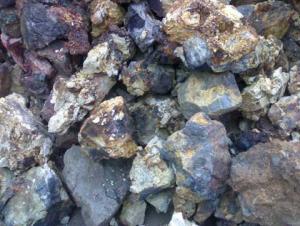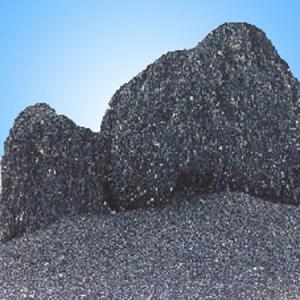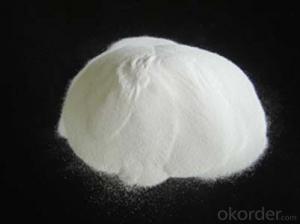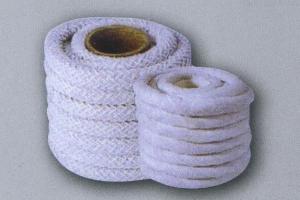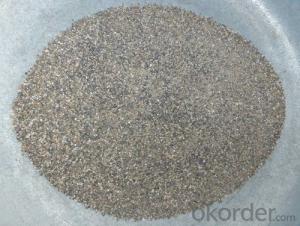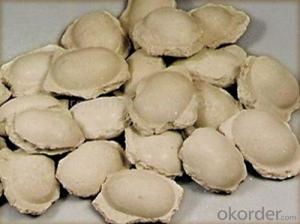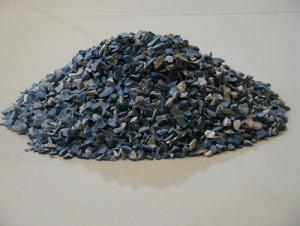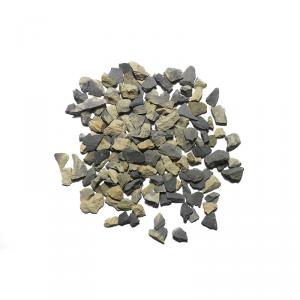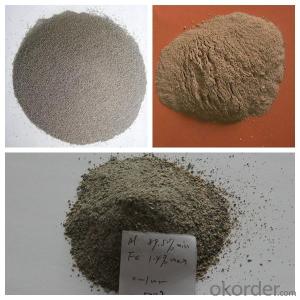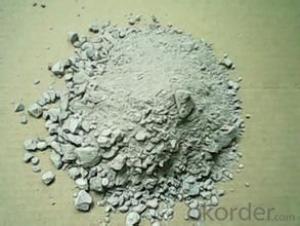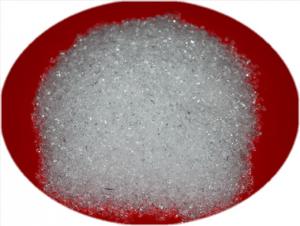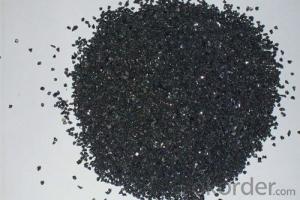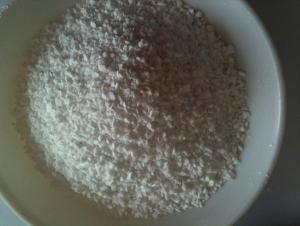All Categories
- - Steel Wire Rod
- - Steel Coils
- - Steel Profiles
- - Steel Pipes
- - Stainless Steel
- - Tinplate
- - Special Steel
- - Steel Sheets
- - Steel Rebars
- - Steel Strips
- - Hot Rolled Steel
- - Cold Rolled Steel
- - Pre-painted Steel
- - Seamless Steel Pipe
- - Welded Steel Pipe
- - Hollow Steel Tubes
- - Galvanized Pipe
- - Stainless Steel Coil
- - Stainless Steel Sheet
- - Stainless Steel Plate
- - Stainless Steel Strips
- - Electrolytic Tinplate Coil
- - Electrolytic Tinplate Sheet
- - Stainless Steel Rebars
- - Solar Panels
- - Solar Water Heater
- - Solar Related Products
- - Solar Inverter
- - Solar Cells
- - Solar Light
- - Solar Energy Systems
- - Solar Controllers
- - Solar Mounting System
- - Solar Pump
- - Solar Chargers
- - Fiberglass Chopped Strand
- - Fiberglass Mesh Cloth
- - Composite Pipes
- - FRP Pultrusion Profiles
- - Fiberglass Mat Tissue
- - Fiberglass Fabrics
- - Fiberglass Mesh
- - Composite Tank
- - Fiberglass Mesh tape
- - Polymer
- - FRP Roofing Panel
- - Fiberglass Roving
- - Monolithic Refractories
- - Ceramic Fiber Products
- - Refractory Bricks
- - Raw Materials For Refractory
- - Suspended Platform
- - Cranes
- - Concrete Machinery
- - Earthmoving Machinery
- - Building Hoist
- - Road Building Machinery
- - Plastic Pipe Fittings
- - Plastic Tubes
- - Plastic Sheets
- - Agricultural Plastic Products
- - Plastic Nets
Q & A
Explain the concept of thermal shock resistance in refractories.
Thermal shock resistance in refractories refers to the ability of these materials to withstand sudden and extreme changes in temperature without cracking or breaking. This is crucial in applications where refractories are exposed to rapid heating and cooling cycles, such as in furnaces or kilns. The concept is based on the fact that different materials expand and contract at different rates when subjected to temperature variations. Refractories with high thermal shock resistance are designed to have a low coefficient of thermal expansion, allowing them to accommodate these temperature changes without structural damage. Additionally, they often possess good thermal conductivity and high heat capacity, which help to distribute and dissipate the thermal stresses. Overall, the concept of thermal shock resistance is vital in ensuring the durability and longevity of refractories in high-temperature environments.
What are the benefits of using silica fume as a raw material in refractory production?
Silica fume offers several benefits when used as a raw material in refractory production. Firstly, it significantly improves the refractory's mechanical strength and durability, making it more resistant to high temperatures and thermal shocks. Additionally, silica fume enhances the refractory's resistance to chemical erosion and corrosion, extending its lifespan and reducing maintenance costs. Moreover, the use of silica fume can improve the refractory's dimensional stability and reduce shrinkage, ensuring better performance and tighter tolerances. Overall, incorporating silica fume into refractory production enhances the material's properties and increases its efficiency and longevity in various industrial applications.
How do raw materials contribute to the electrical conductivity of refractory products?
Raw materials play a crucial role in determining the electrical conductivity of refractory products. Conductivity in refractories is primarily influenced by the presence of metallic or semi-metallic elements in the raw materials. These elements, such as graphite, carbon, and metallic oxides, provide a pathway for the flow of electric current through the refractory material. The higher the concentration of these conductive elements, the greater the electrical conductivity of the refractory product. Conversely, the presence of insulating materials, such as ceramic oxides, can reduce the electrical conductivity. Therefore, the composition and quality of raw materials significantly contribute to the electrical conductivity of refractory products.
Can you explain the role of talc in refractory materials?
Talc plays a crucial role in refractory materials as it acts as a fluxing agent, enhancing the melting point and reducing the viscosity of the materials. It also improves the thermal shock resistance and mechanical strength of refractories, making them more durable and effective in high-temperature applications. Talc's lubricating properties facilitate the shaping and forming of refractory materials, ensuring ease of installation and maintenance.
Wholesale Raw Materials For Refractory from supplier in Algeria
With our strong backing from CNBM and our commitment to customer satisfaction, we assure you of reliable and high-quality Raw Materials For Refractory in Algeria. Contact us today to discuss your specific requirements and let us provide you with the best solutions for your projects.
Hot Search
- Monolithic Refractories in Morocco
- Ceramic Fiber Products in Dominica
- Refractory Bricks in Madagascar
- Raw Materials For Refractory in Senegal
- Ceramic Fiber Products in Guinea
- Refractory Bricks in Iraq
- Ceramic Fiber Products in Philippines
- Refractory Bricks in Norway
- Refractory Bricks in Barbados
- Monolithic Refractories in Ireland

